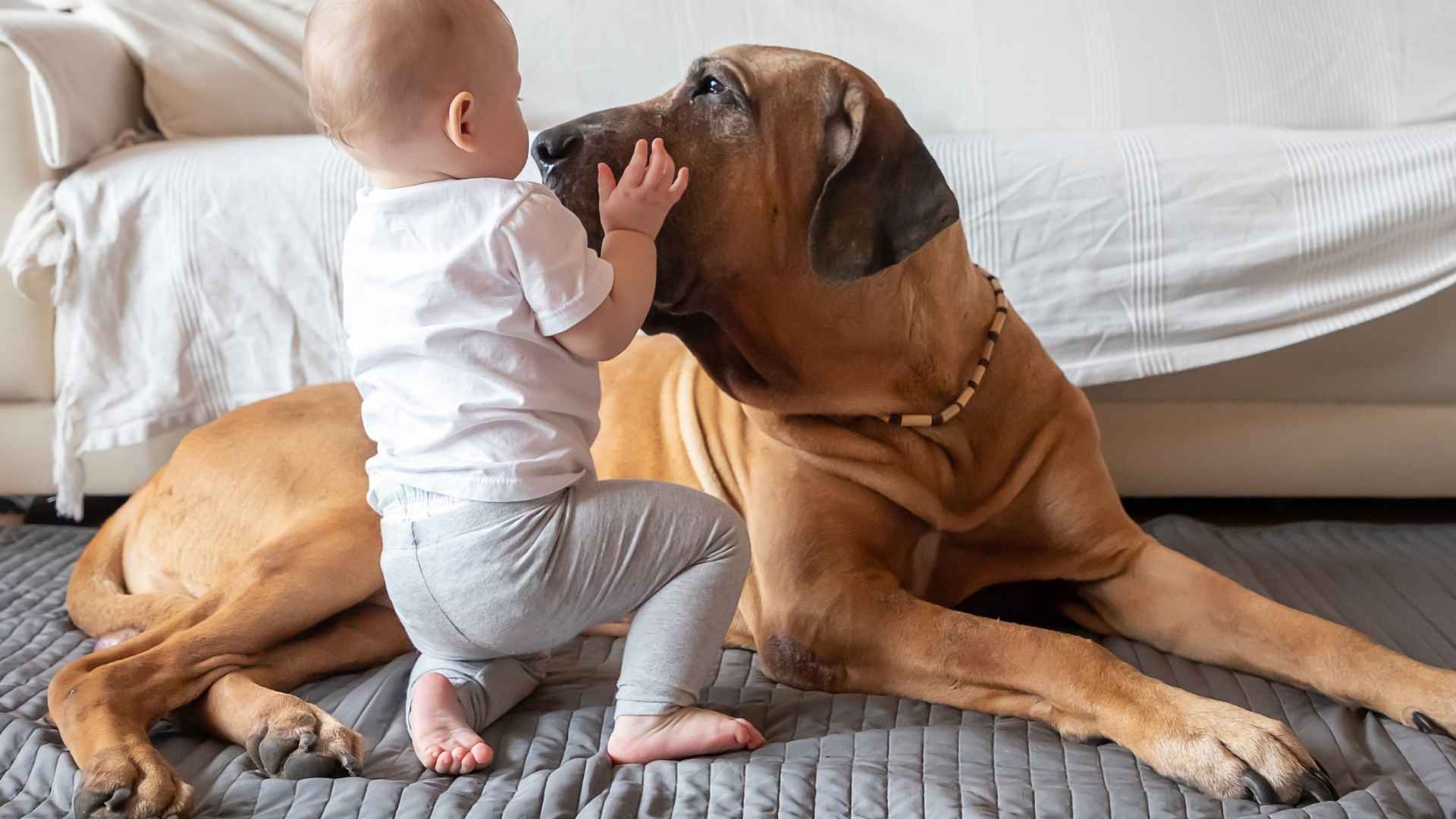Did you know some dogs can actually recognize individual human voices, including who’s cooing at the baby or raiding the cookie jar? That’s right, dogs are not just cuddly companions, they’re intuitive, intelligent members of the family. Especially when babies enter the picture, the right pup can be a playmate, nap buddy, and even a mini babysitter (well, emotionally anyway).
Certain breeds go above and beyond in the baby-loving department. From soothing cries to standing guard, these furry guardians make incredible additions to growing families. And spoiler alert: size doesn’t always matter, big dogs can be gentle giants while tiny ones can be fiercely protective.
Of course, introducing your fur baby to your human baby takes more than good intentions. Training and socialization are must-haves for a successful cuddle-and-coexistence strategy. A well-prepped pup is a confident, calm one, and that makes for a smooth household.
So if you’re looking to build the ultimate baby-dog dream team, you’re in the right place. We’ve sniffed out the best breeds for baby bonding and how to help them thrive.
Dog Breeds That Are Good With Babies
1. Golden Retriever
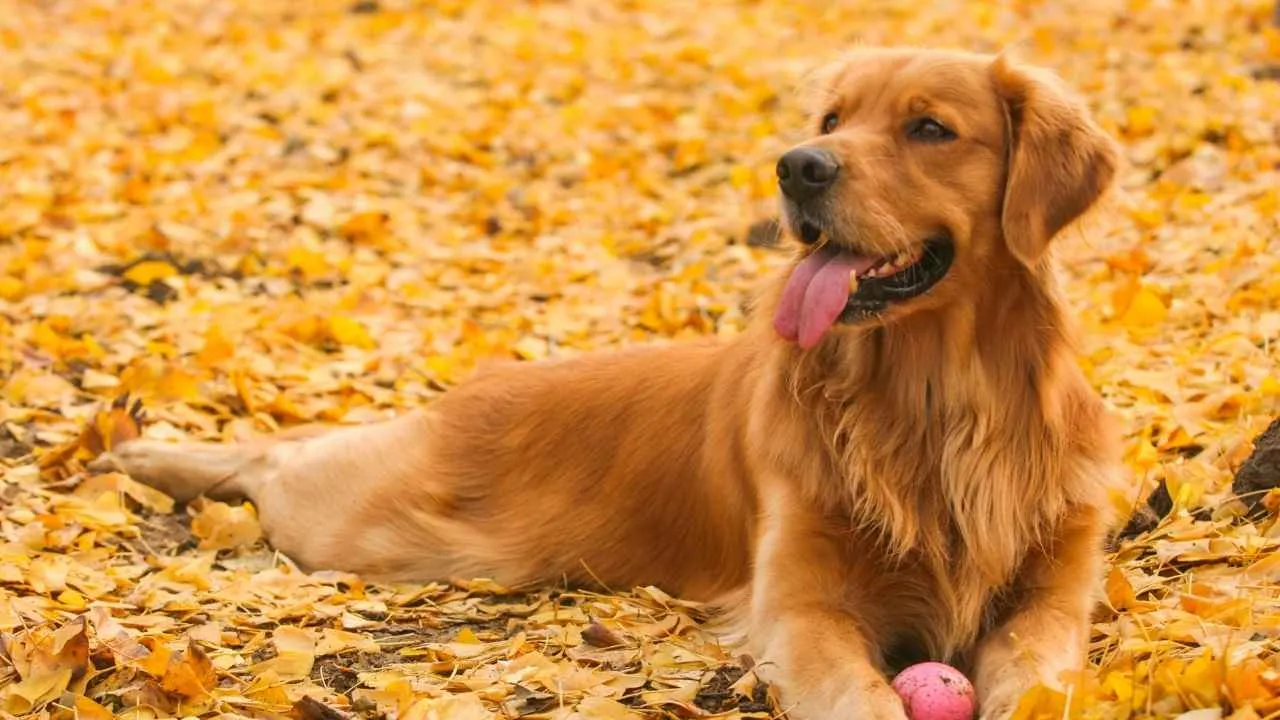
Key Traits:
Size: Large (55–75 lbs), athletic build
Temperament: Even, sociable, intuitive
Care: Weekly brushing, moderate exercise, prone to shedding
Golden Retrievers were originally bred in Scotland as gun dogs, specifically to retrieve waterfowl. That working background is still evident in their physical coordination, soft mouth, and drive to follow human cues. They’re sturdy dogs with a well-balanced build and a smooth, confident gait.
They’re attentive to tone, body language, and household rhythm, often adjusting their behavior accordingly without formal instruction. This sensitivity gives them a natural calm around unpredictable, nonverbal family members like babies or toddlers.
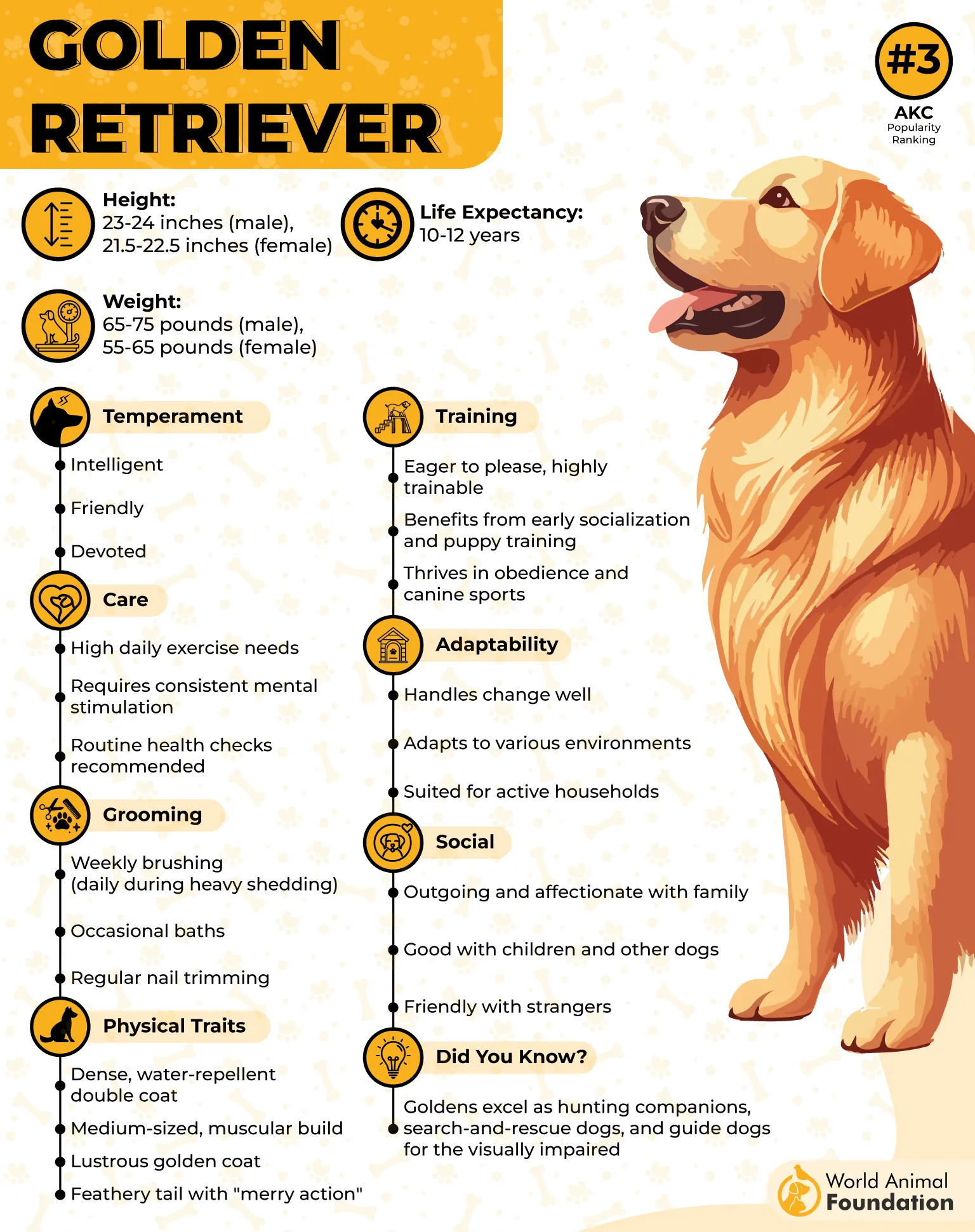
According to PDSA, they are great family dogs. While they are large, they rarely use their size recklessly. Most move carefully indoors, even when navigating tight spaces or toys underfoot. They tolerate handling from kids well, including pokes or awkward contact, and tend to withdraw rather than correct when overwhelmed.
They benefit from moderate daily exercise and thrive on human interaction, but they don’t need constant stimulation. Grooming is straightforward; a weekly brush and regular coat checks keep shedding manageable, though they do leave traces during seasonal changes.
Overall, Golden Retrievers are cooperative by design. They aren’t placid or lazy, they’re just mentally even. That predictability, especially in a dynamic family environment, is often what makes them such a stable and reassuring presence.
2. Labrador Retriever
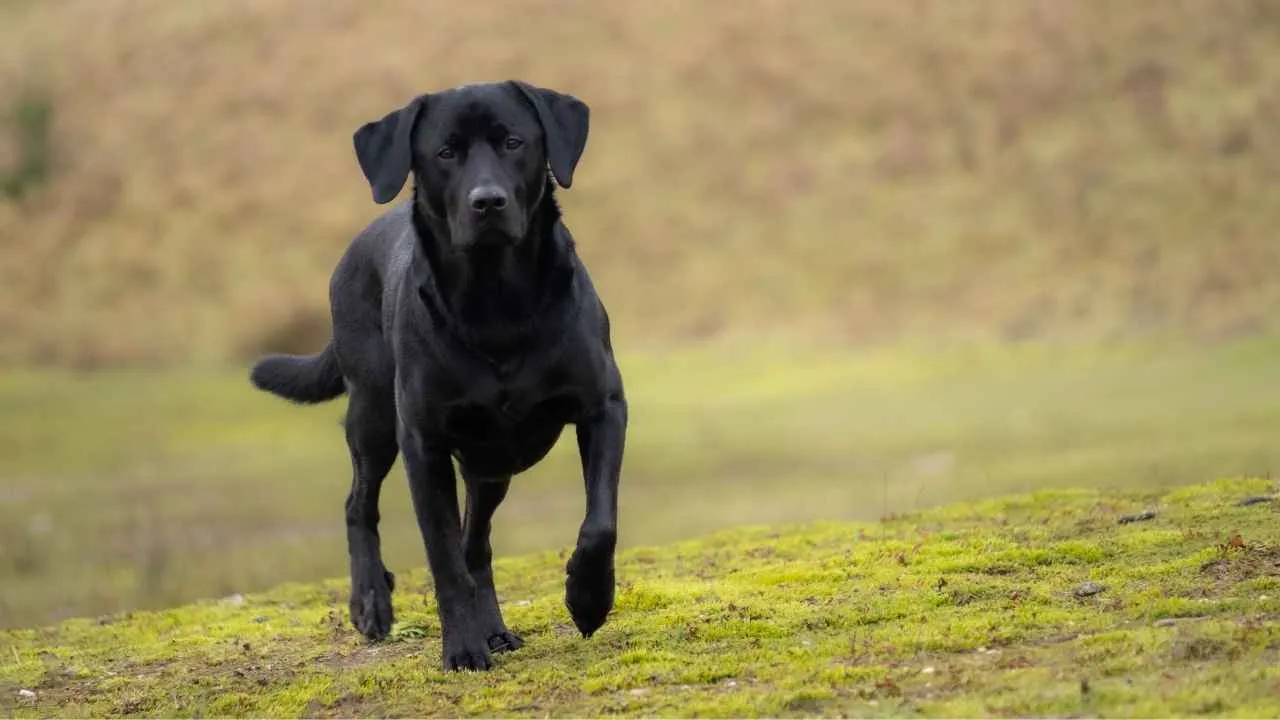
Key Traits:
Size: Large (55–80 lbs), muscular and agile
Temperament: Outgoing, biddable, stable
Care: Minimal grooming, high exercise needs, prone to joint issues
Labradors are the most registered breed in multiple countries for a reason: they’re approachable, adaptable, and have a temperament that rarely tips too far in either direction. Bred originally as fishing and retrieving dogs in Newfoundland, they bring a mix of endurance and sociability that suits modern family life.
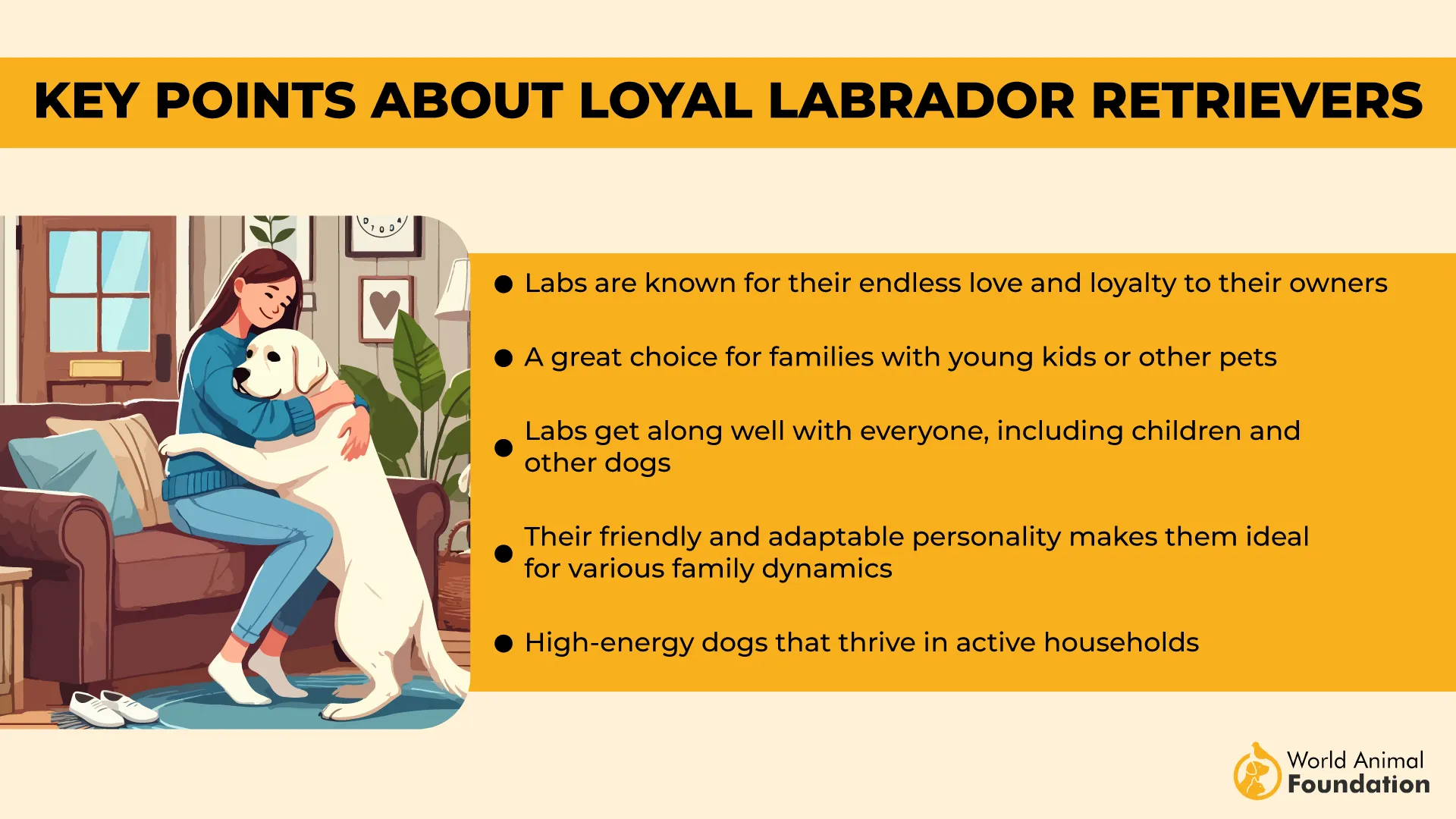
Labs are not idle dogs; they do best when included in daily family activities, even if that just means following someone from room to room. When exercised properly, they tend to settle with ease indoors and can regulate their behavior around more delicate members of the household.
This breed is also known for its enthusiasm for learning, which makes boundary-setting and habit-building straightforward. They take quickly to household structure, especially when routines are clear and rewards are consistent.
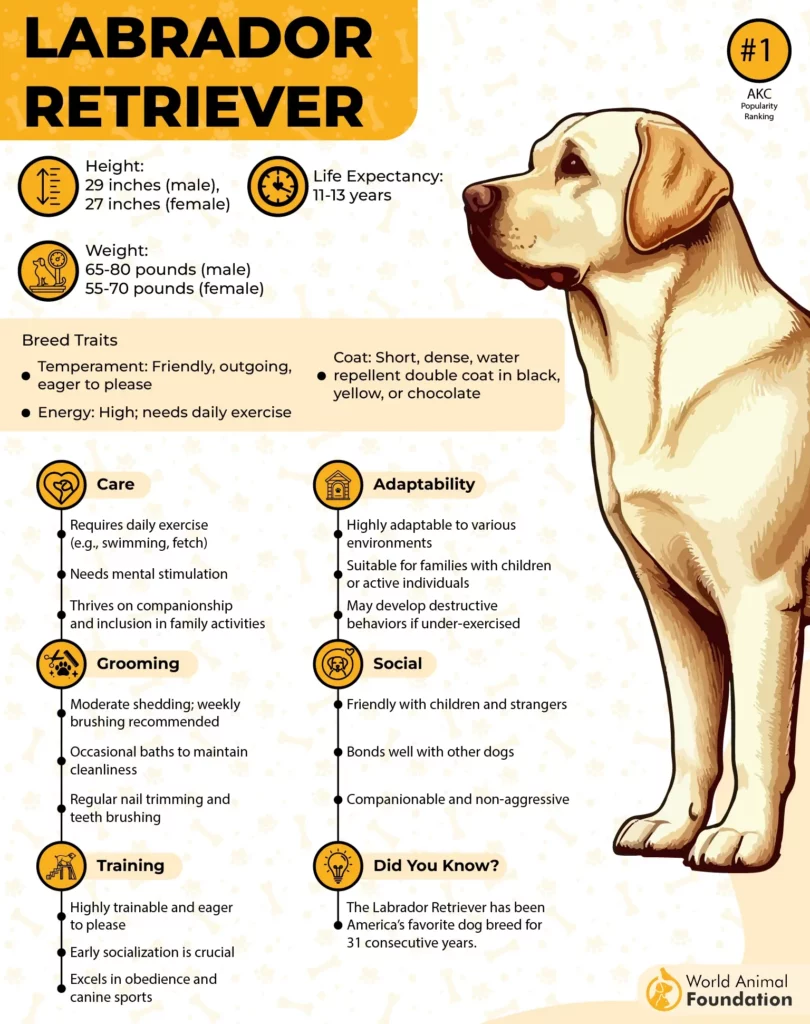
Physically, they’re sturdy enough to absorb accidental knocks without much fuss. At the same time, they’re not rough movers indoors, particularly if they’ve been taught to adjust their pace. Their coat is dense but short, requiring little more than occasional brushing.
Labradors tend to form broad bonds; they don’t usually latch onto one person, and that emotional availability makes them a versatile presence in multi-member homes. Their temperament holds up under noise, change, and shared attention.
3. Beagle
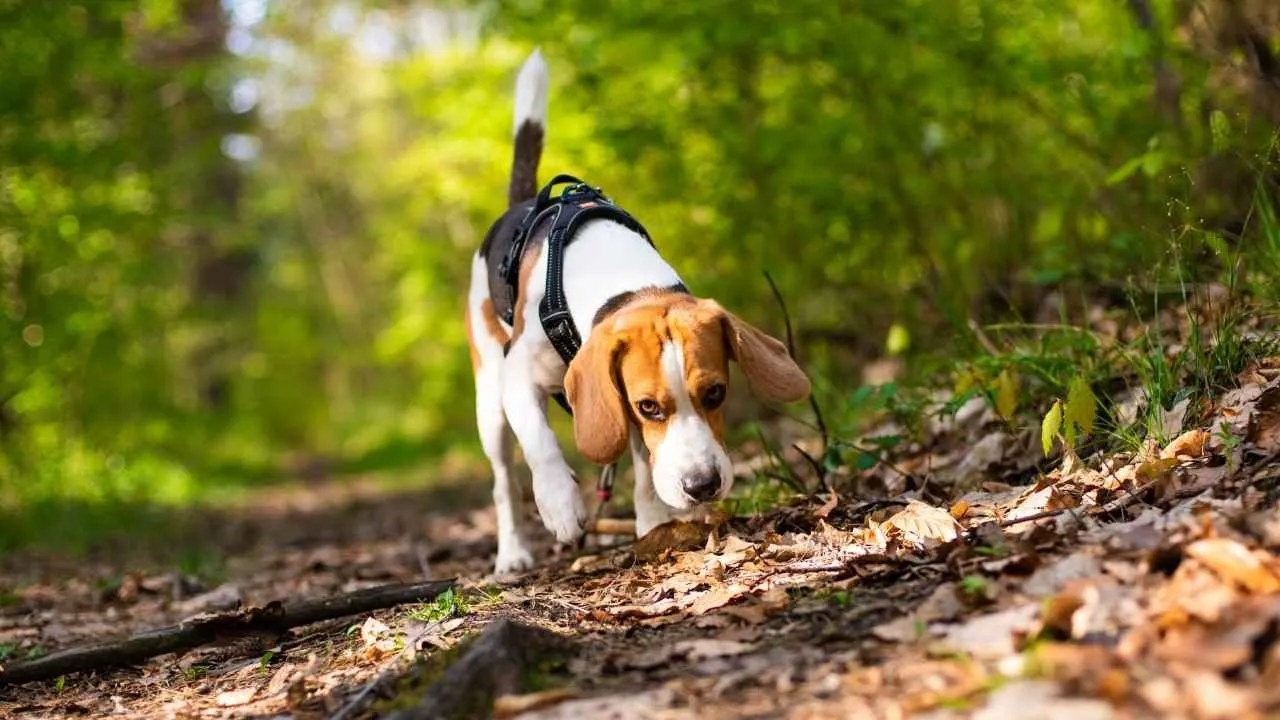
Key Traits:
Size: Small to medium (20–30 lbs), compact and athletic
Temperament: Gentle, independent, alert
Care: Low-maintenance coat, scent-driven instincts, needs structured stimulation
The Beagle’s origins lie in pack hunting, and it shows in how they read social environments, in their love of company, and in the deep bond they often form with other members of the household, human or otherwise. They’re not solitary by nature, but they also aren’t needy.
Despite being highly alert, Beagles are not high-strung. Their responses are usually measured, more investigative than reactive. This makes them reliable in active households with kids where noise, movement, and unpredictable interruptions are a regular part of the day.
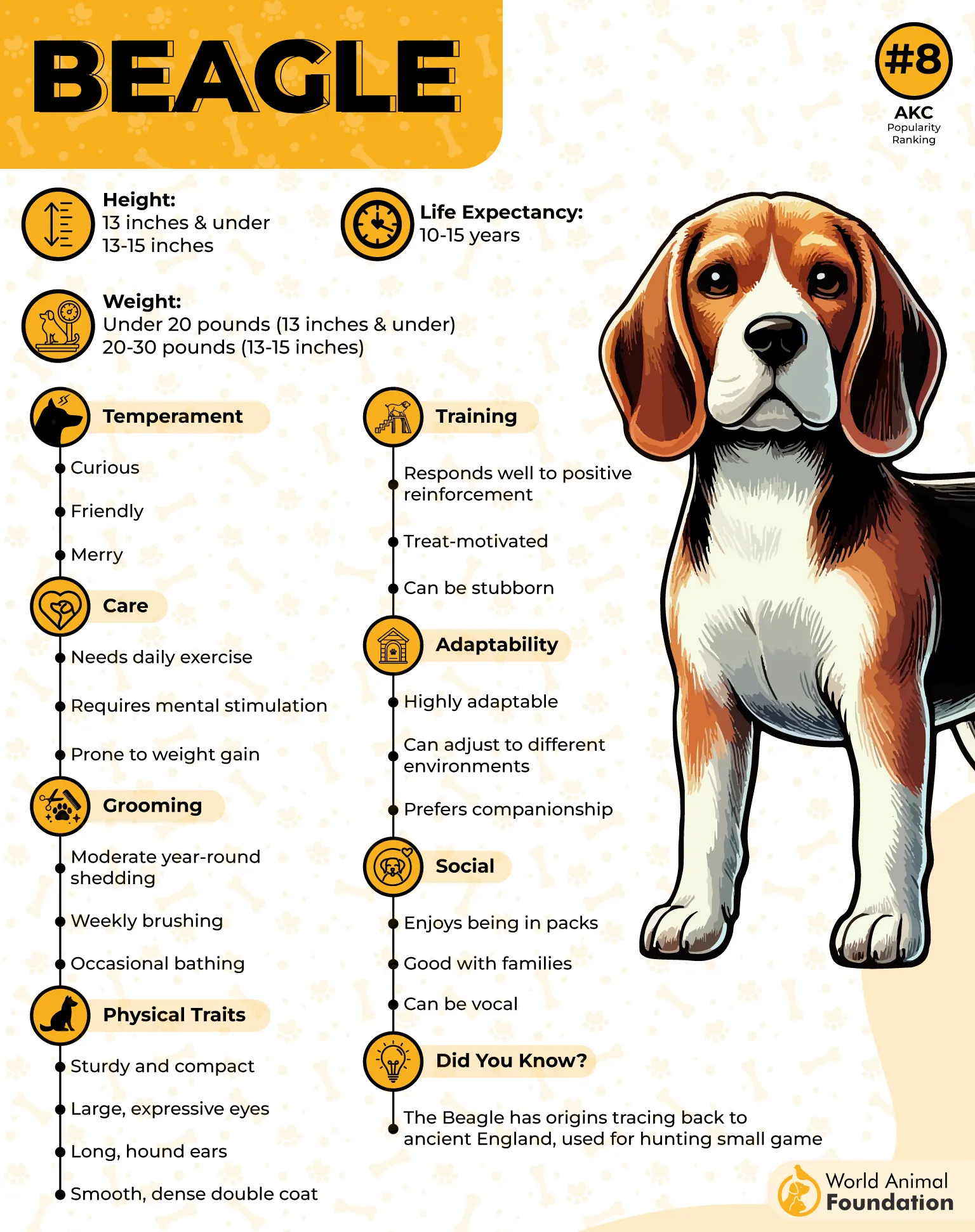
They’re physically small dogs, but their durability is often underestimated. Beagles are agile, with strong stamina and solid body control. They don’t mind floor-level chaos, though they should still be given boundaries; they’re problem-solvers, and they’ll test openings if they sense them.
This kid-friendly dog breed is led by scent more than emotion. Their natural drive to follow smells can be managed with structured activity, such as puzzle feeders or exploratory walks. Left unengaged, they may become vocal or mischievous, not from anxiety, but from boredom.
Their interactions with young children are typically calm and tolerant, provided introductions are respectful. They’re unlikely to lash out but may withdraw if overwhelmed. Their baseline nature is mild, with a preference for observation over confrontation.
4. Boxer
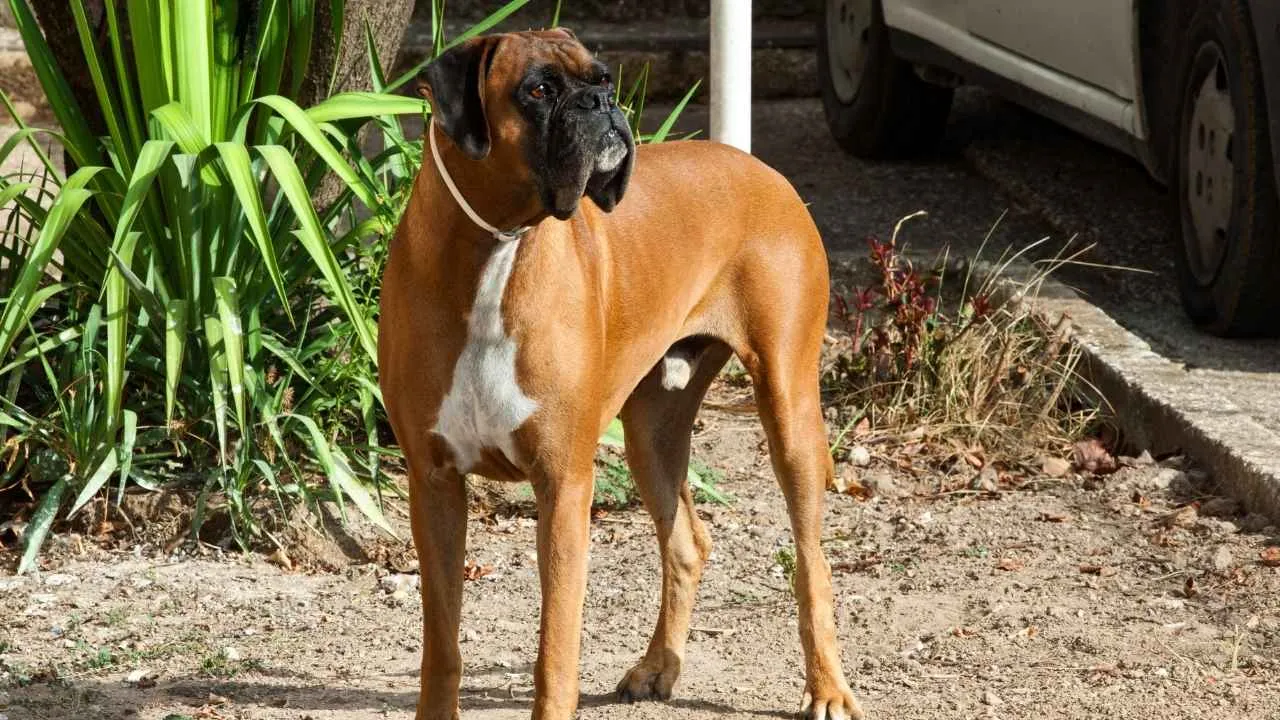
Key Traits:
Size: Medium to large (50–80 lbs), compact and muscular
Temperament: Protective, loyal, upbeat
Care: Low grooming needs, daily exercise essential
Originally bred for bull-baiting and later refined as working dogs, Boxers are far gentler than their athletic build suggests. They’re expressive, highly physical companions who show affection with full-body enthusiasm, nudges, wiggles, and the occasional paw tap.
Though they carry a guardian instinct, Boxers aren’t brooding or tense. They stay alert but rarely reactive, observing household activity with curiosity and stepping in only when genuinely needed, making them safe to be around babies.
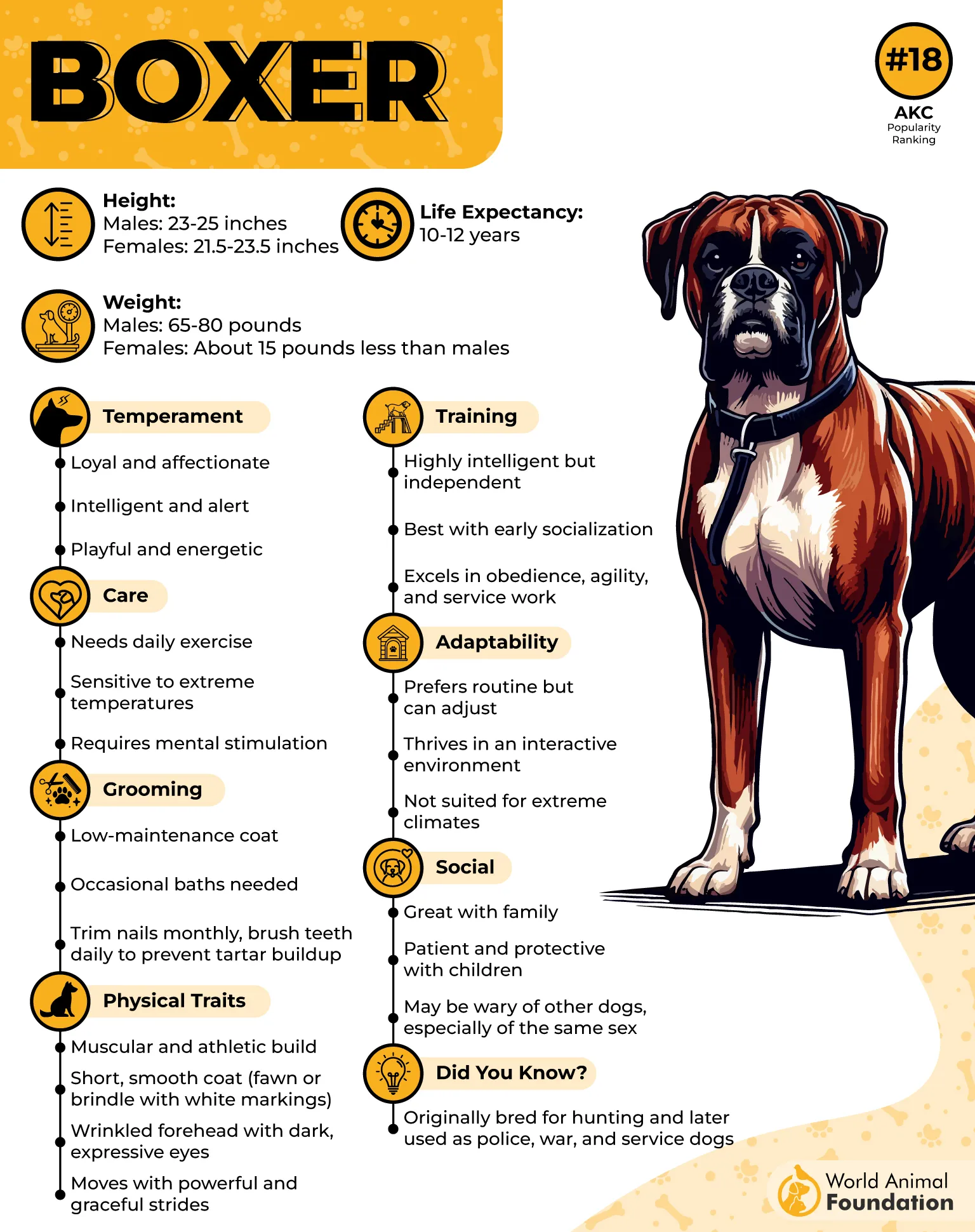
Their energy is robust, and so is their frame. This makes them well-matched for families with fast-moving toddlers or noisy homes. They’re not fragile, and they don’t get overwhelmed easily—but their excitement can lead to occasional clumsy moments, especially in smaller spaces.
Daily physical activity is non-negotiable. A walk is just the baseline—Boxers need games, tasks, or structured play to stay content. Without it, they may invent their own entertainment, which isn’t always ideal for furniture.
Despite their drooly reputation and slightly stubborn streak, Boxers are highly affectionate and responsive when given structure. Their personality is bold, but their intentions are soft.
5. Irish Setter
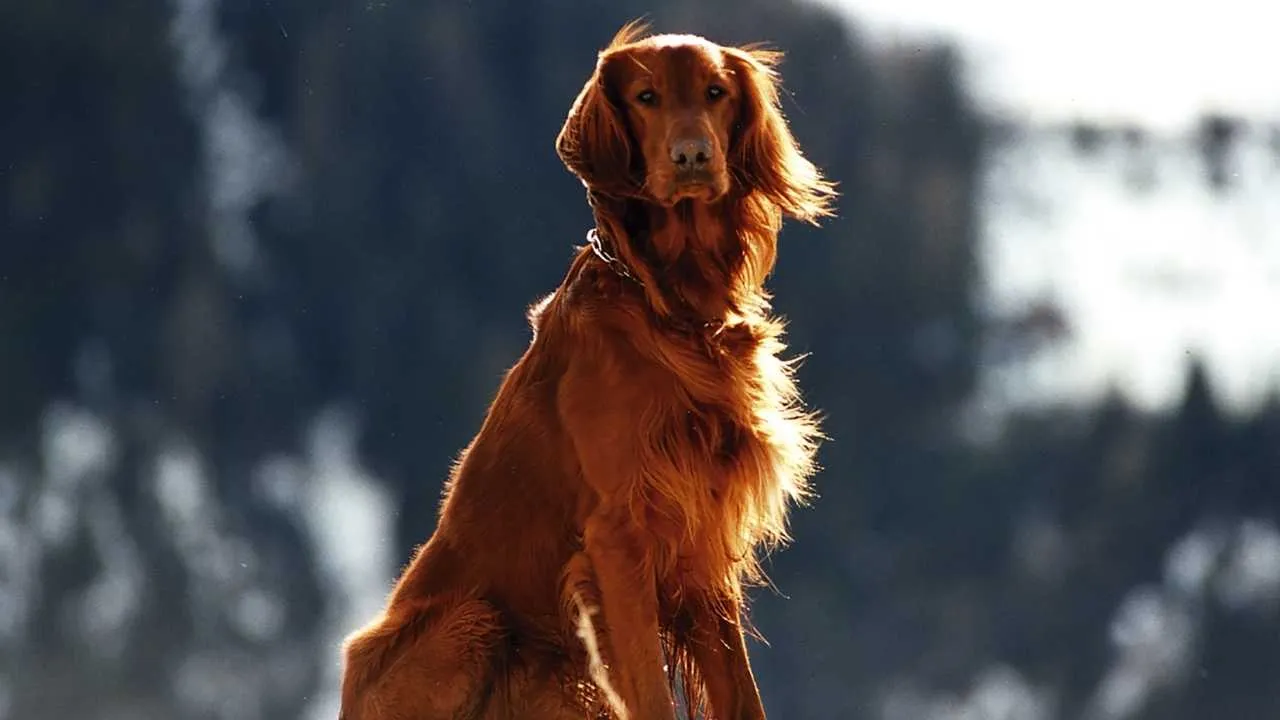
Key Traits:
Size: Large (60–70 lbs), lean and graceful
Temperament: Friendly, excitable, patient
Care: High energy needs, regular brushing for feathered coat
The Irish Setter’s deep red coat might be the first thing that catches your eye, but it’s their boundless good nature that defines them. Developed as a hunting dog built for endurance, they have stamina for both outdoor adventure and indoor chaos.
This breed thrives on inclusion. Setters are not content with sideline observation—they want in on the game, the walk, the activity, whatever it may be. That eagerness means they rarely show irritation, even around unpredictable or high-energy children.
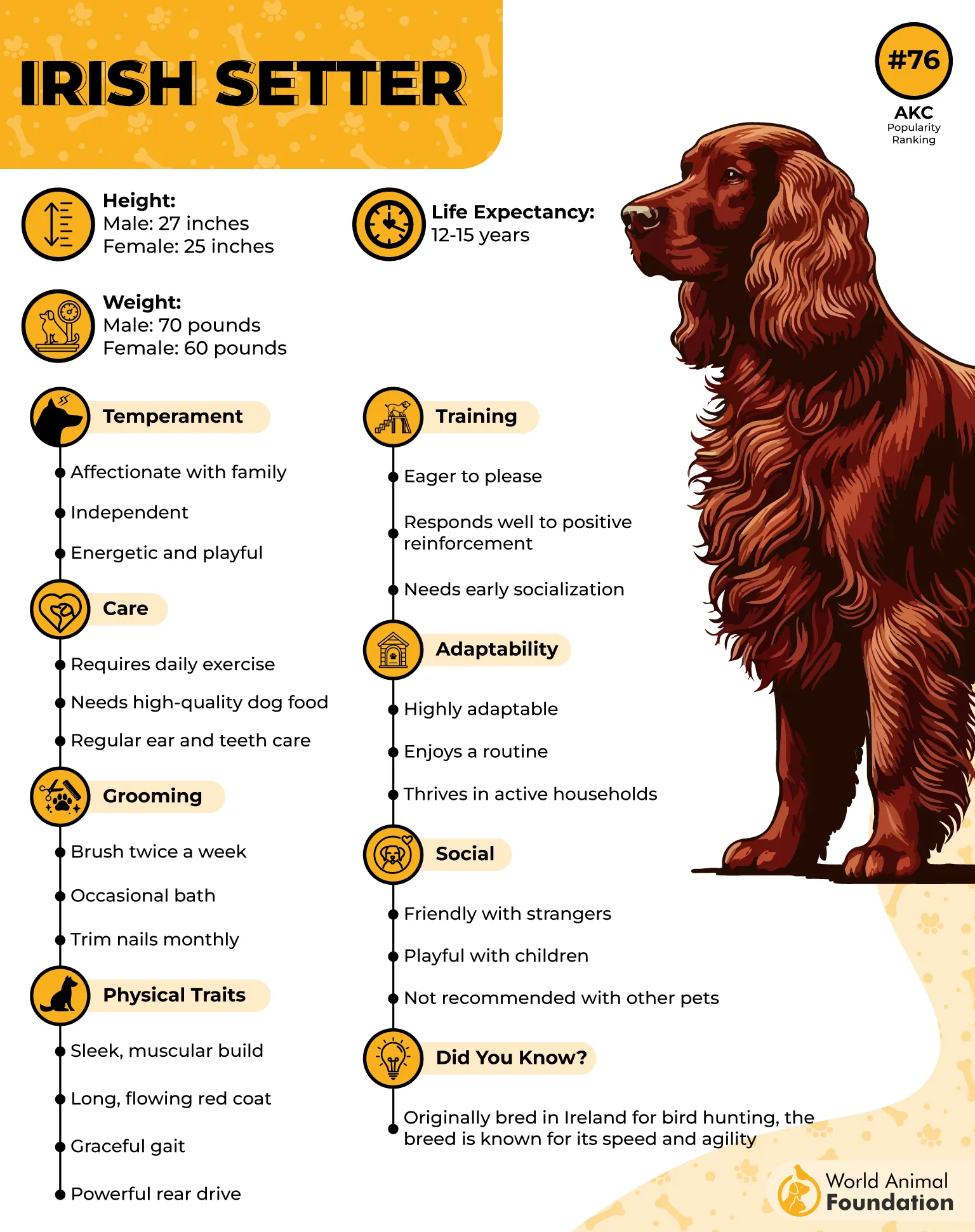
While they’re rarely rough or forceful, they do move quickly and without hesitation. They’re best suited to homes with enough space—mentally and physically—for them to stretch out. Apartments can work with effort, but access to daily off-leash movement makes a big difference.
Their long, feathered coat needs regular brushing to stay clean and untangled, especially after time outdoors. They aren’t heavy shedders, but their fur tends to catch debris and mud.
Irish Setters are emotional extroverts. They don’t hide how they’re feeling, and their openness makes them easy to read and to love. Their combination of gentleness and exuberance makes them deeply rewarding companions in dynamic households.
6. Bichon Frise
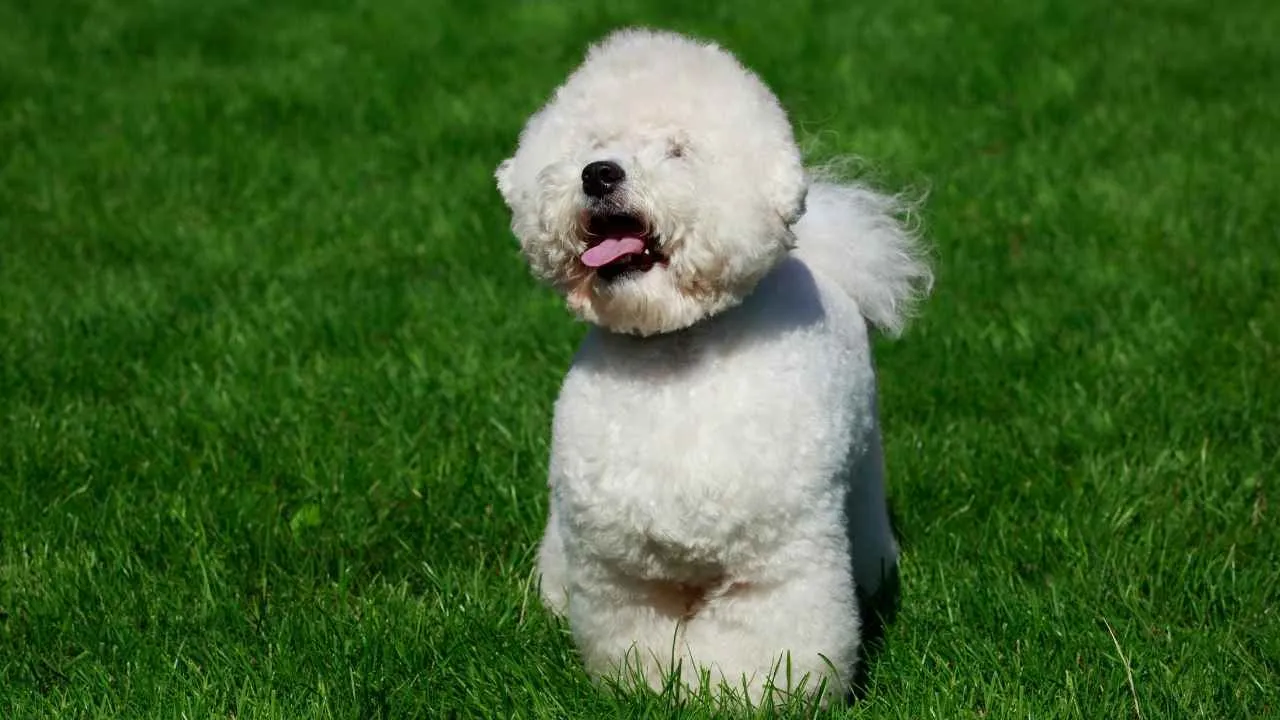
Key Traits:
Size: Small (12–18 lbs), compact and light-footed
Temperament: Social, sensitive, upbeat
Care: Daily grooming, hypoallergenic, moderate activity
The Bichon Frise is often described as a cloud with a pulse, and while its coat is iconic, it’s the personality that truly wins people over. They were bred for companionship, and that’s exactly what they offer: consistent, affectionate presence.
These dogs are emotionally tuned in but not overly reactive. They don’t mind guests, busy rooms, babies, or the noise that comes with family life. In fact, they tend to greet new people with enthusiasm, not suspicion, and enjoy the bustle of daily movement.
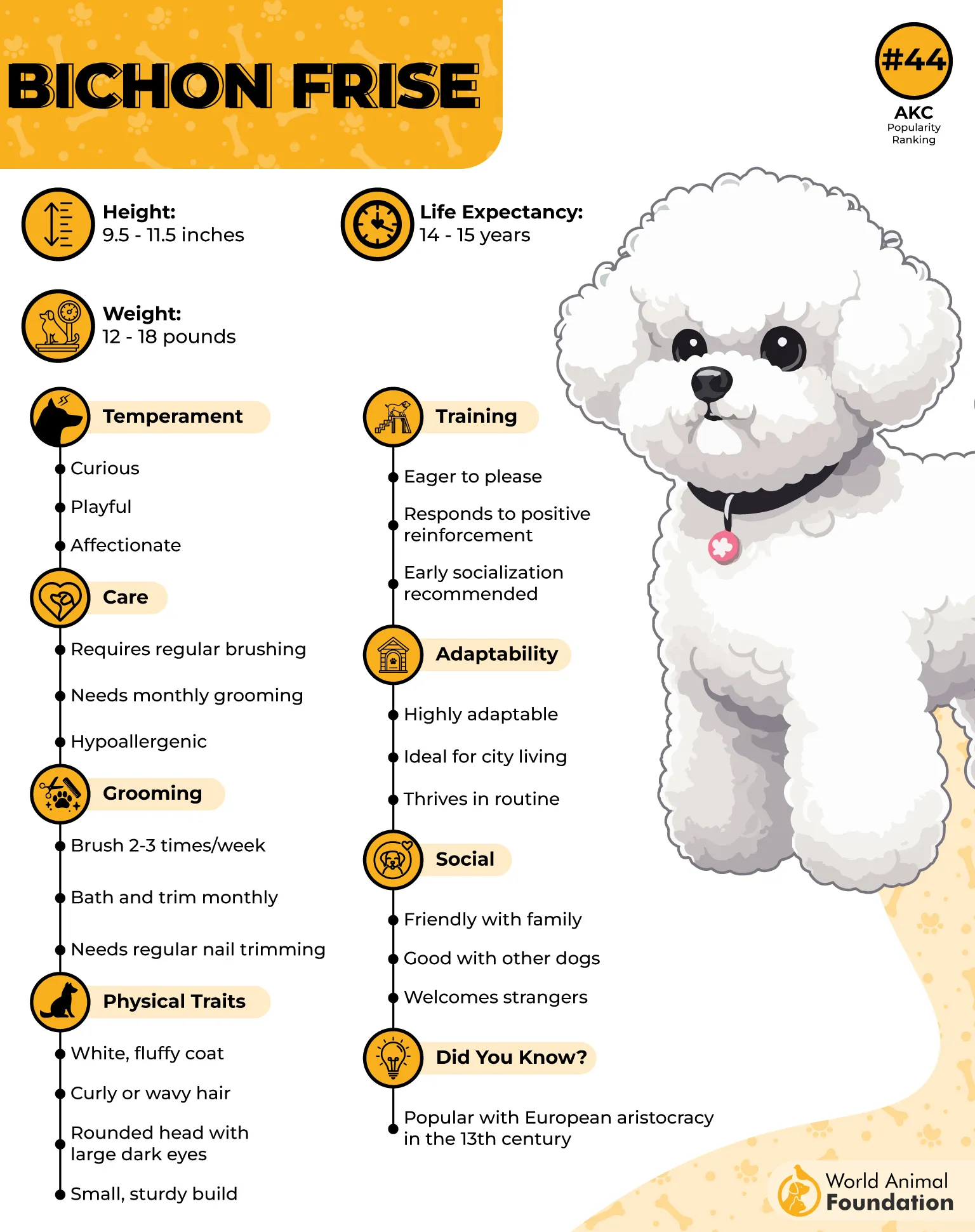
Physically, Bichons are easy to handle. They’re small enough for apartments, light enough to carry, and generally soft in how they interact with people and furniture alike. Their tolerance for handling makes them manageable for households with young kids, but they do need supervision, as they can be injured if dropped or stepped on.
Their coat doesn’t shed, but it mats easily and needs daily brushing, plus professional grooming every few weeks. According to PetMD, allergic households often consider them for their hypoallergenic qualities, though no breed is truly allergen-free.
Well-socialized Bichons are affectionate without being demanding. They’re content to be part of the background until invited in, and that quiet flexibility can be a gift in homes where energy comes in waves.
7. Poodle (Standard, Miniature & Toy)

Key Traits:
Size: Varies (Standard: 45–70 lbs; Miniature: ~15 lbs; Toy: ~6–9 lbs)
Temperament: Attentive, intuitive, often vocal
Care: Daily coat care, mentally engaging routines, highly trainable
Poodles carry a legacy of refinement. Originally bred as water retrievers, they’ve since evolved into versatile companions, performers, and athletes. All three sizes share the same essential temperament: alert, intelligent, and wired for engagement.
They thrive on structure and attention. This is not a breed content with boredom or passive roles—they want jobs, games, puzzles, and challenges. With proper direction, that need for stimulation turns them into cooperative and often dazzling members of the household.
When treated with clarity and respect, they exceed expectations in both behavior and emotional intelligence. They are often really close to their families and very gentle around kids.
Their curly coat is famously non-shedding but high-maintenance. PetPlan states that daily brushing and regular trims are essential to avoid matting. While time-intensive, many owners find grooming to be a bonding activity, especially since Poodles often enjoy being handled.
In family settings, Poodles adapt best when they’re given a role to play, helper, learner, or participant. They don’t just tolerate being around children; they often learn to anticipate them.
Conclusion
Bringing home a new baby often means new routines, new rules, and sometimes, a new dog. Many breeds make excellent family pets, thanks to their affectionate nature, gentle disposition, and ability to adapt. From large dogs with a protective streak to small dogs suited for apartment living, there’s no shortage of loving dogs that thrive alongside children.
Some, like Beagles and Bichon Frises, bring cheerful energy and a happy-go-lucky spirit, while others, like Poodles and Golden Retrievers, rank among the most intelligent breeds and take quickly to obedience training. With proper socialization, supervision, and positive reinforcement, these dogs learn to respect baby gates, nap schedules, and shared attention.
As the baby grows, dogs often adjust in step, becoming playmates, couch buddies, or nature’s babysitter in the background. Many are also good with other dogs and animals, making them an ideal dog breed for babies, active families, or households in motion.
No matter the breed, gradually introduce your puppy or older dog to the new member of the family. With care, time, and unconditional love, they’ll form a bond that lasts far beyond babyhood.


